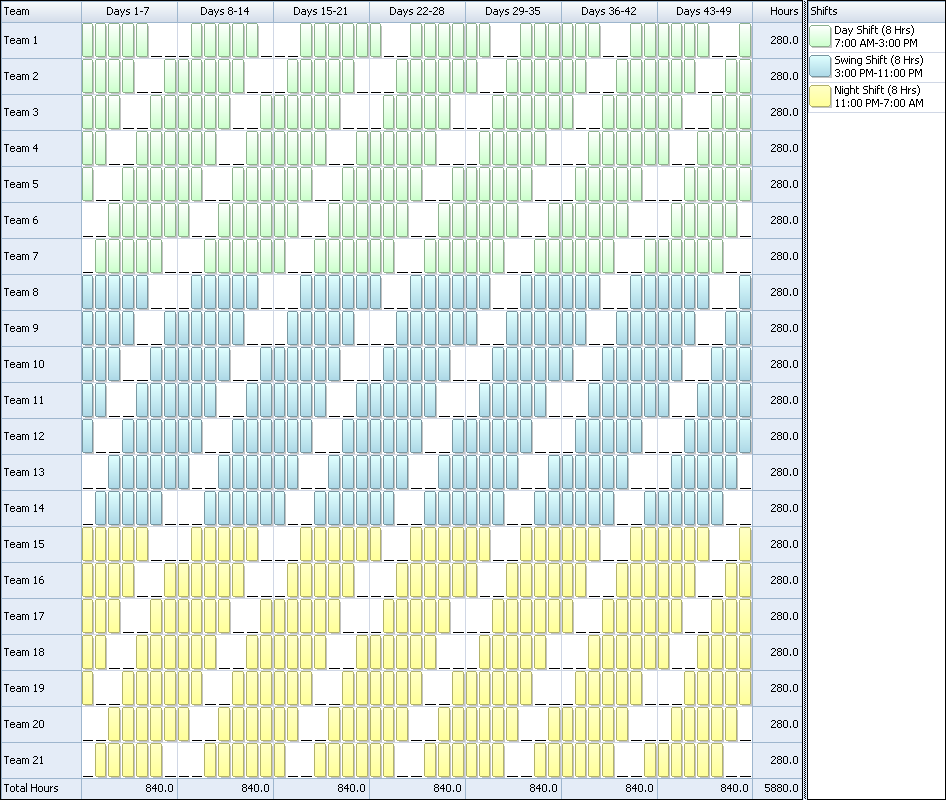

A 2010 survey found that workers on the third shift of the day are consistently paid more than those working the second shift. These pay differentials are designed to compensate staff for working outside of normal workweek hours. There’s no guarantee of higher pay for swing shift employees, but many companies offer competitive wages and bonuses as part of a swing shift program to entice employees into working these off-peak hours. So what motivates a million more employees to take on the swing shift rather than the night shift? There are plenty of benefits of accepting a job with these hours. There are 3 million Americans working night shifts and 4 million Americans working the evening or swing shift at their workplaces. In this sense, working a swing shift provides more stability in your schedule than a rotating shift system. In a swing shift scenario, the employees working these off-peak hours are unable to experience working the typical day or night shift. For example, all sales associates have a chance to work the floor during peak hours, or all police officers have the chance to work the day shift, which may be less stressful than the night shift in some cities. In a rotating shift schedule, all employees have equal opportunity. Emergency services (police, paramedics).Rotating shift schedules are common in a number of industries, such as: Rotating shifts are those where nobody has a set day shift or night shift rather, all employees frequently cycle through the various scheduled shifts. In a swing shift schedule, there are employees with regularly scheduled day and night shifts, and swing shift workers cover additional hours or assist during the busiest times of the day. While a swing shift often refers to a specific shift in between day and night shifts, a rotating shift schedule is something completely different. How is a swing shift different from a rotating shift? If that restaurant experiences a high volume of customers during lunch and dinner times, the manager might add a swing shift from 1pm-8pm, where one or two additional workers come in to help cover tables. For example, if a restaurant is open from 7am-11pm, the manager might schedule three employees to work the day shift (7am-3pm) and another three to work the evening shift (3pm-11pm). This relieves day shift workers in time to commute home for dinner, while allowing night shift workers to get some rest before starting their workday at midnight.īusinesses that center around customer service also commonly use swing shifts to supplement their peak hours. When a swing shift occurs between the day shift and night shift, the hours are commonly 4pm-12am.

This allows the regularly scheduled workers to have one or more days off per week without halting production. There is also a secondary definition of swing shift which refers to a group of factory workers on call seven days a week that work as necessary. The official swing shift definition is the work shift between day and night shifts. What is a swing shift: Swing shift definition


 0 kommentar(er)
0 kommentar(er)
